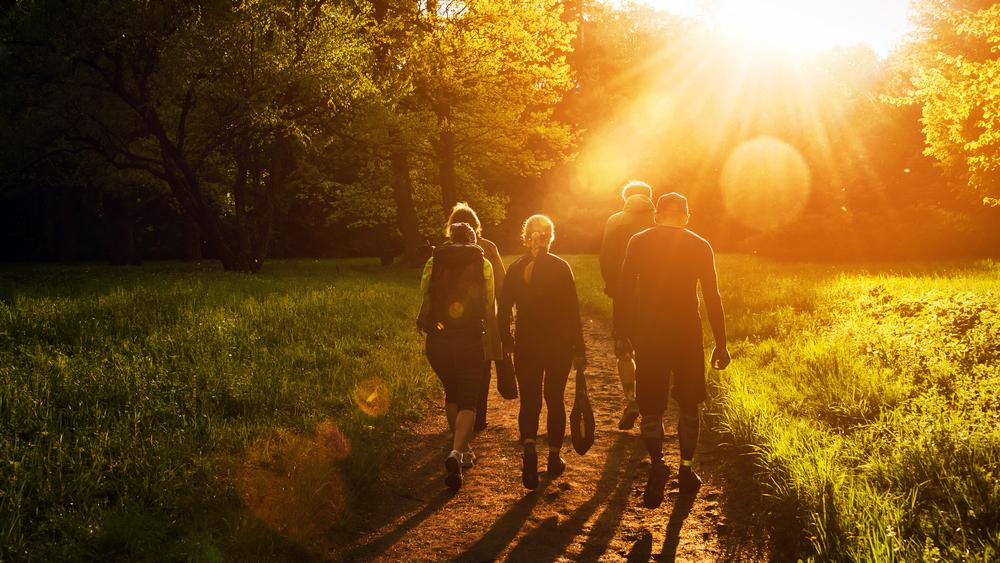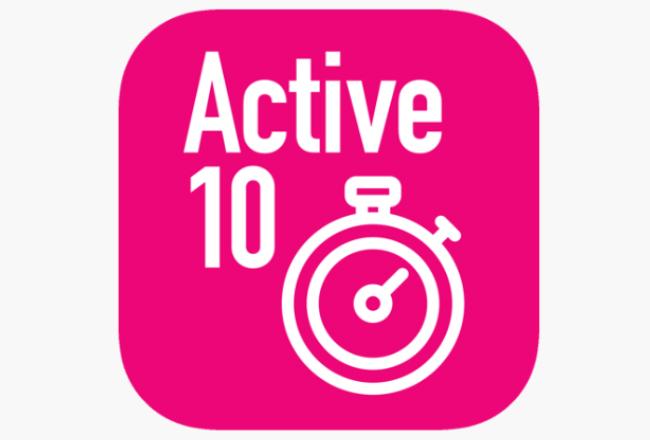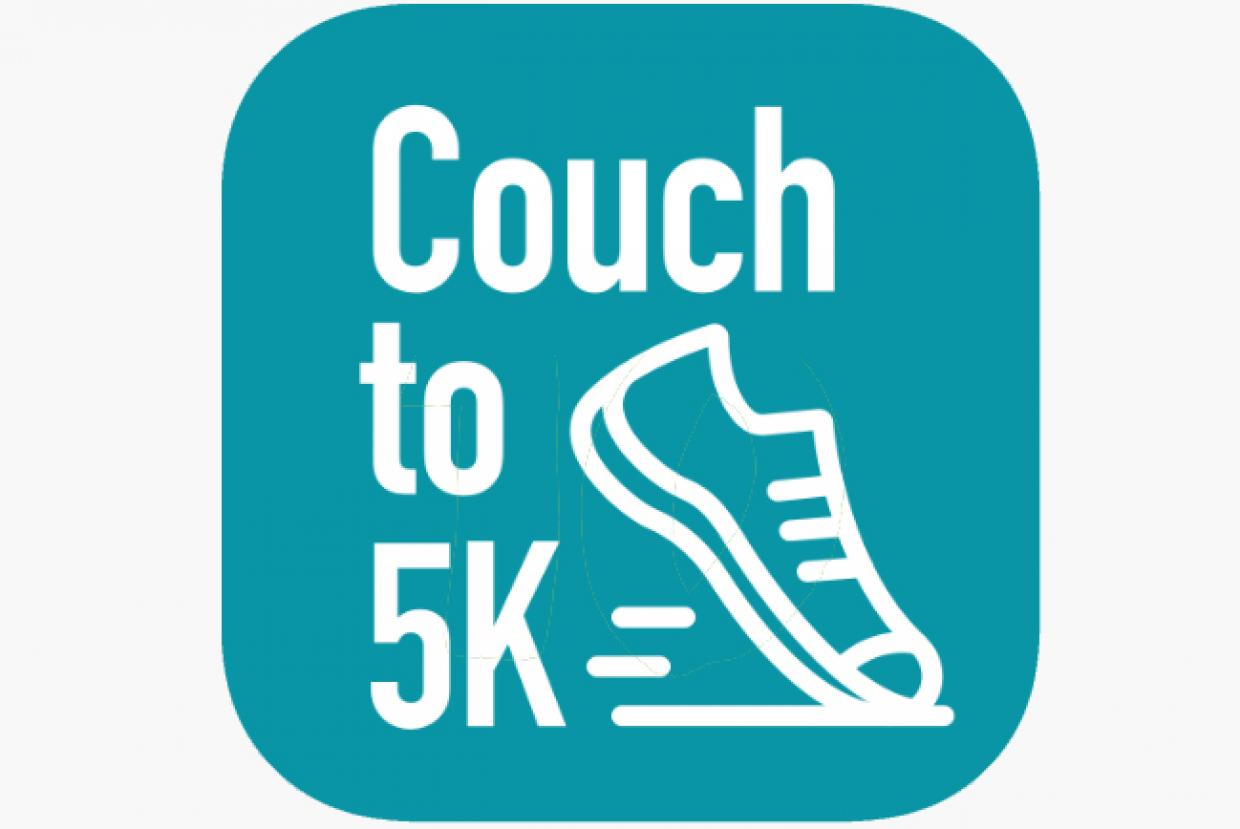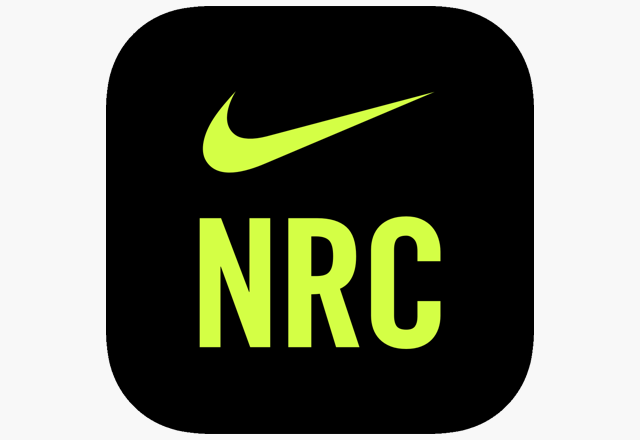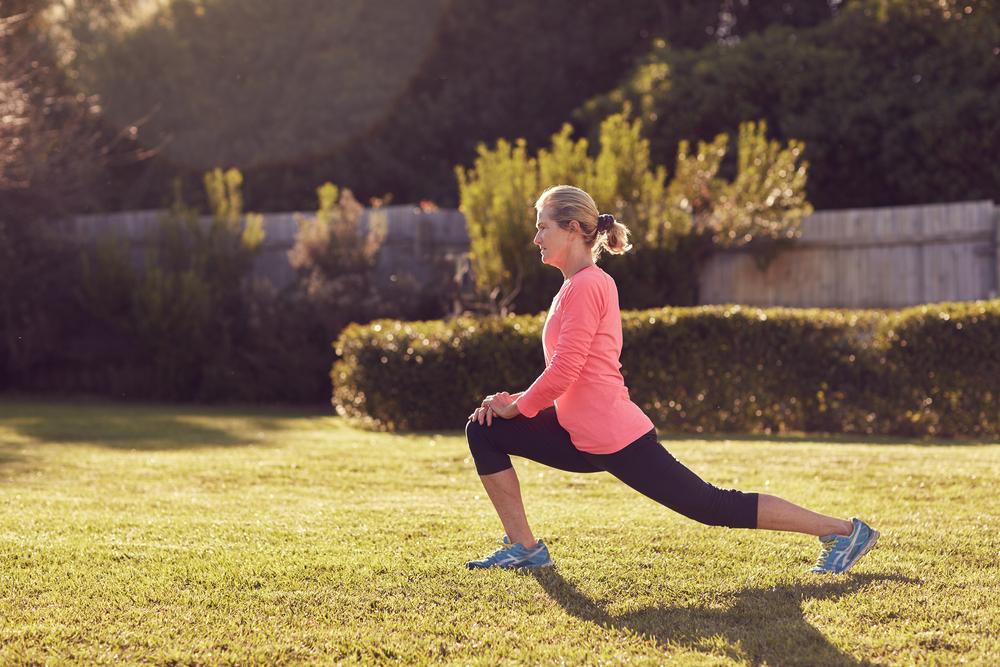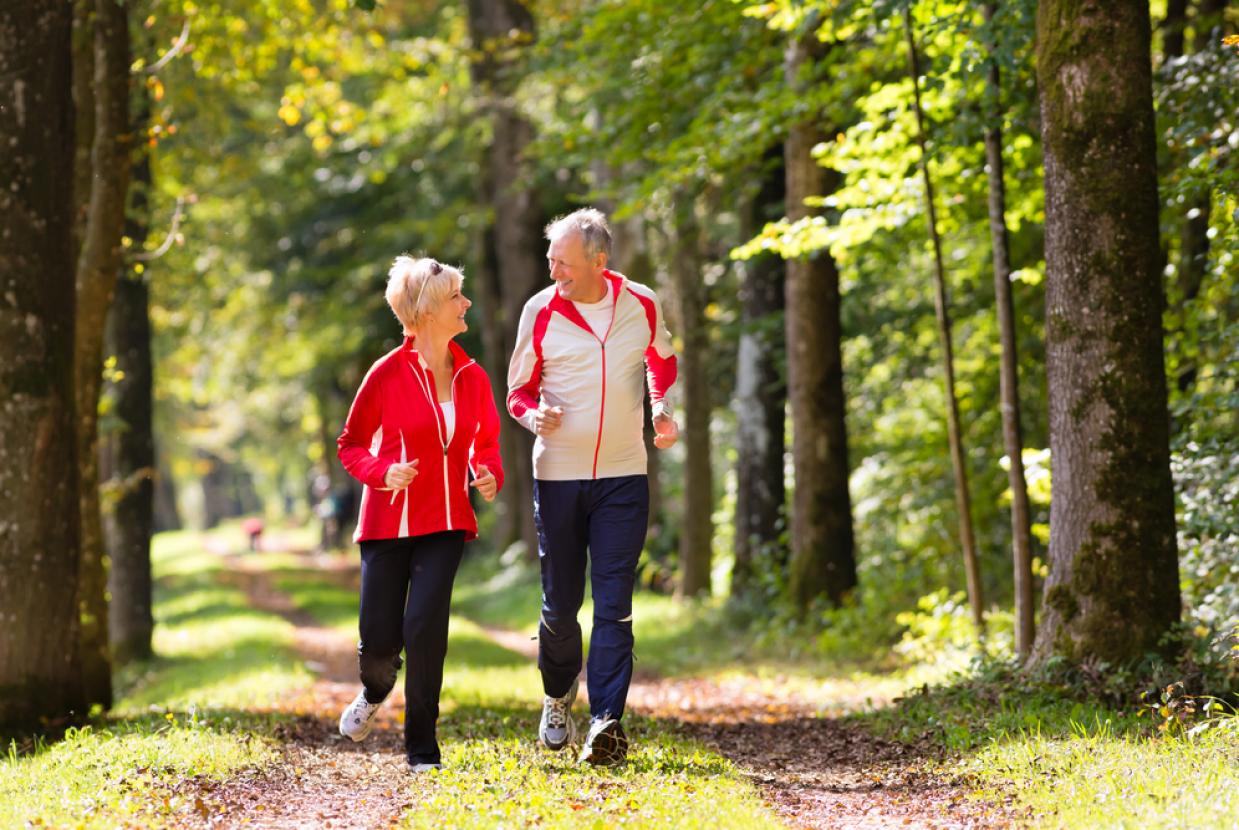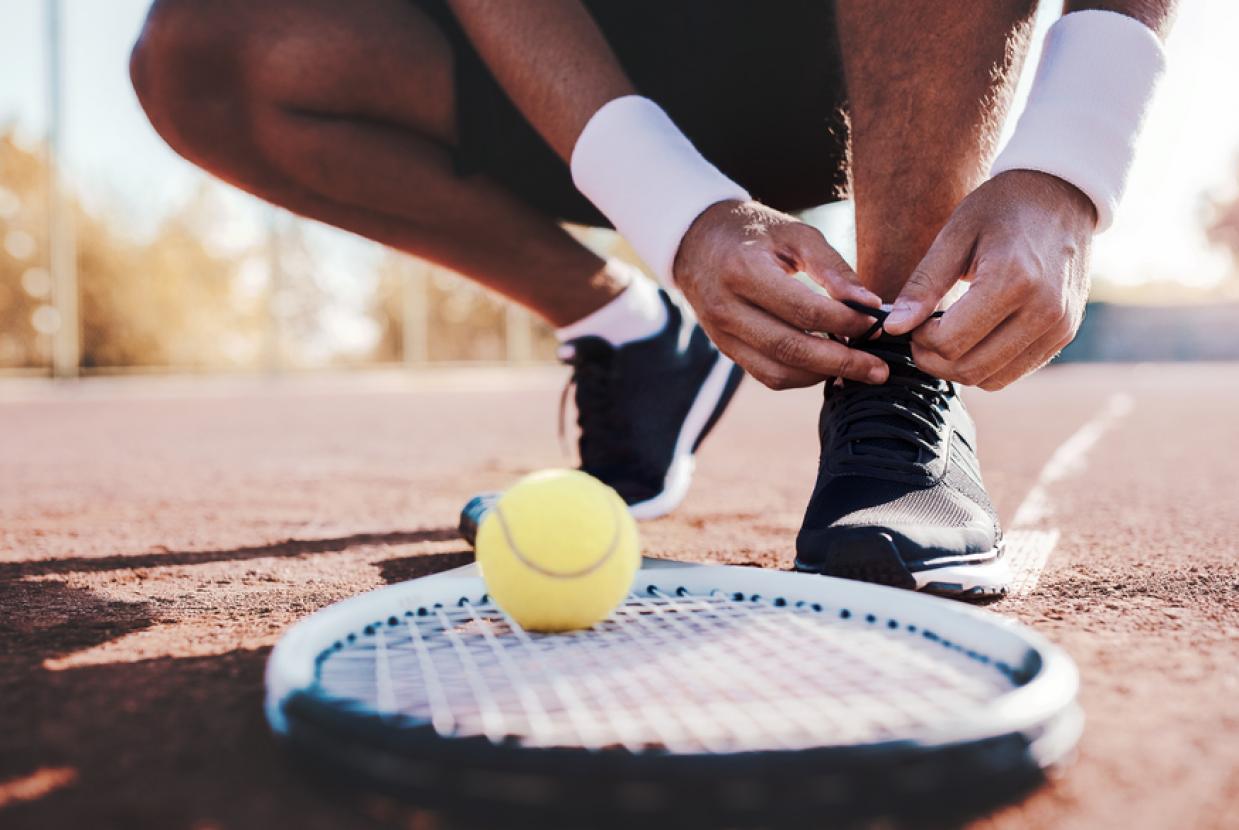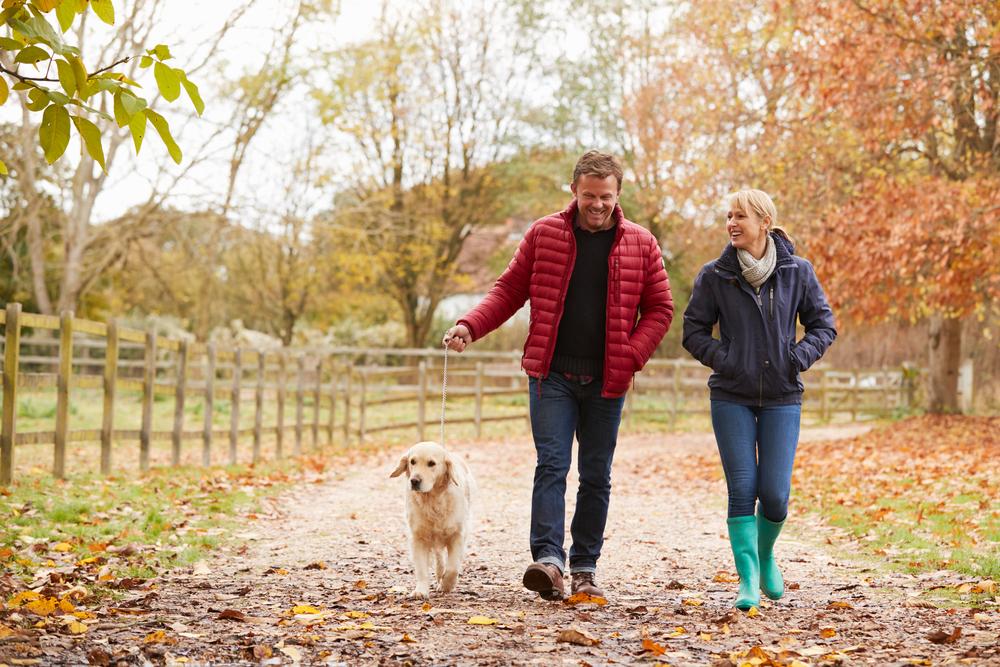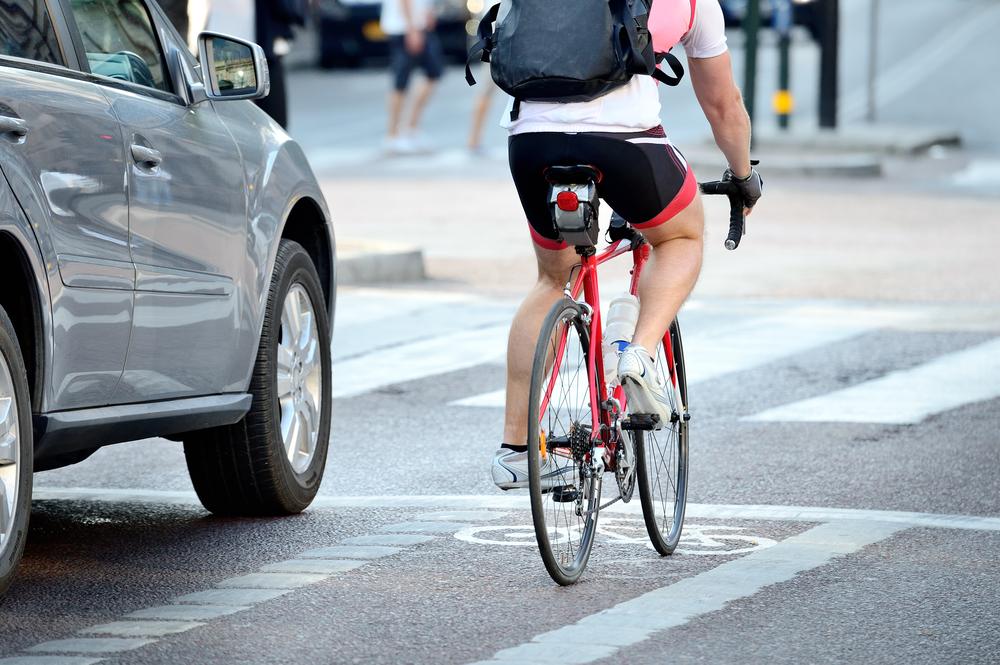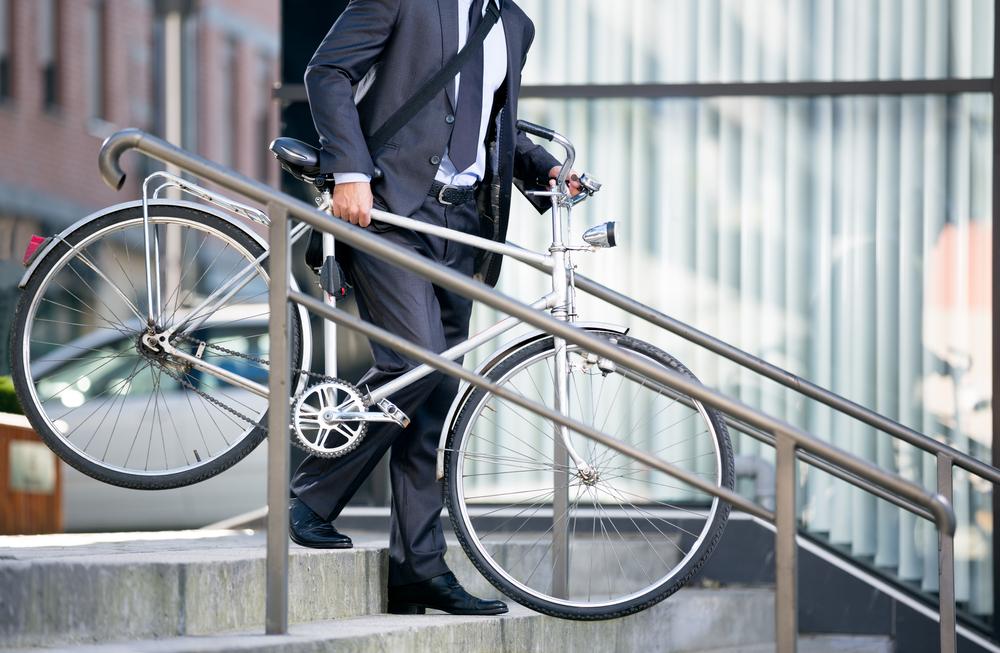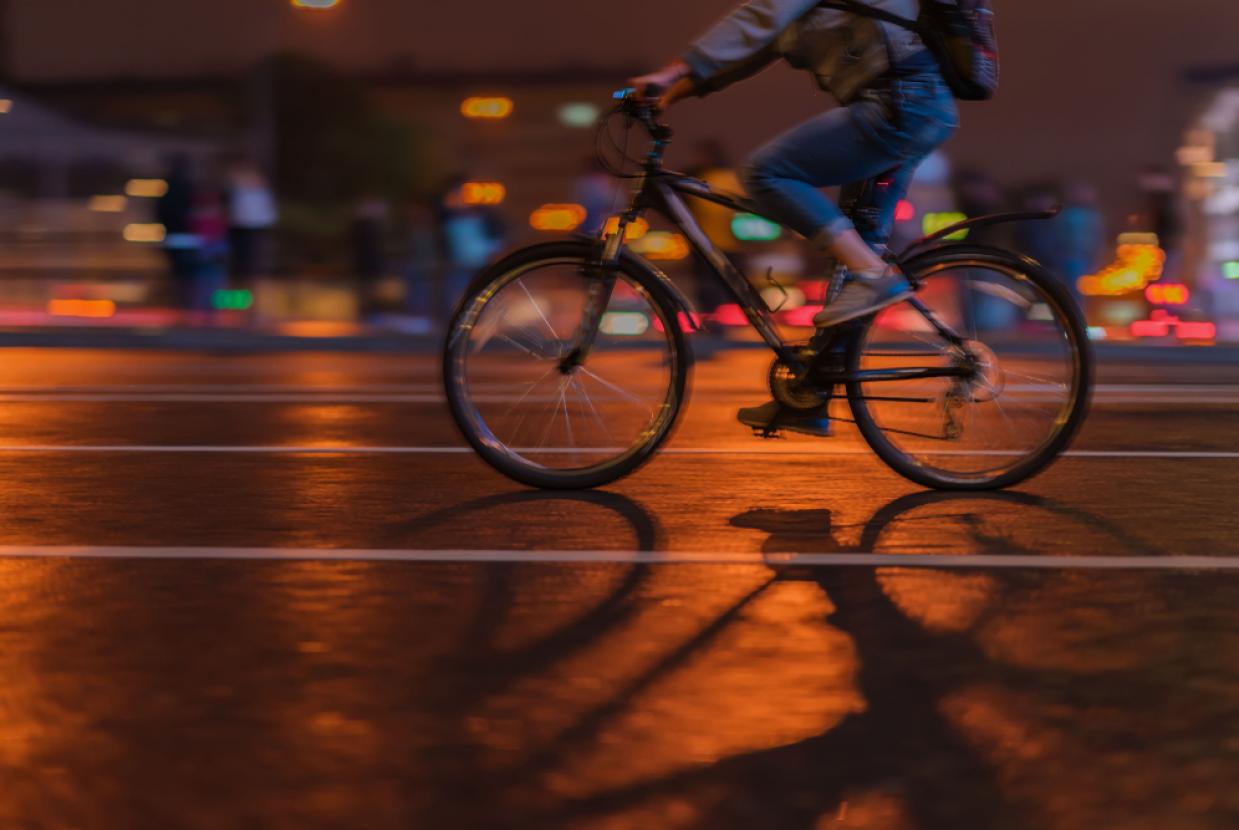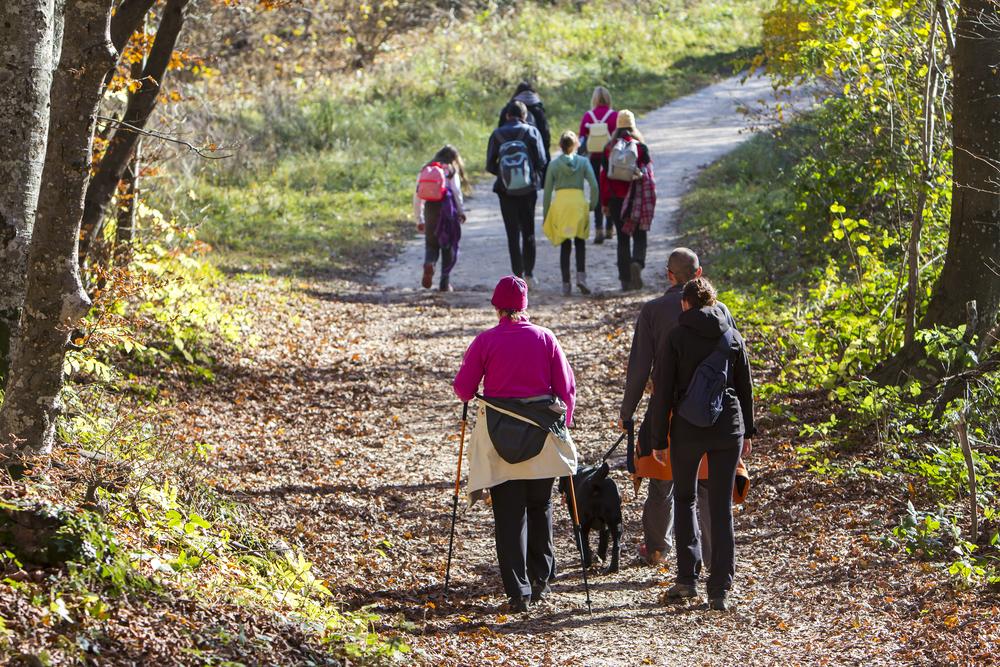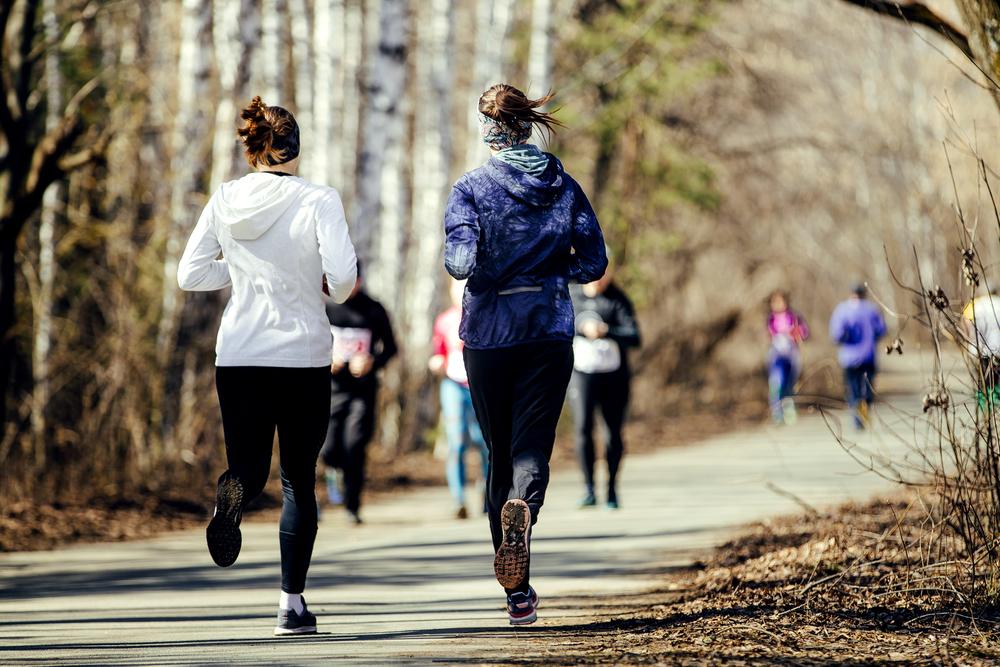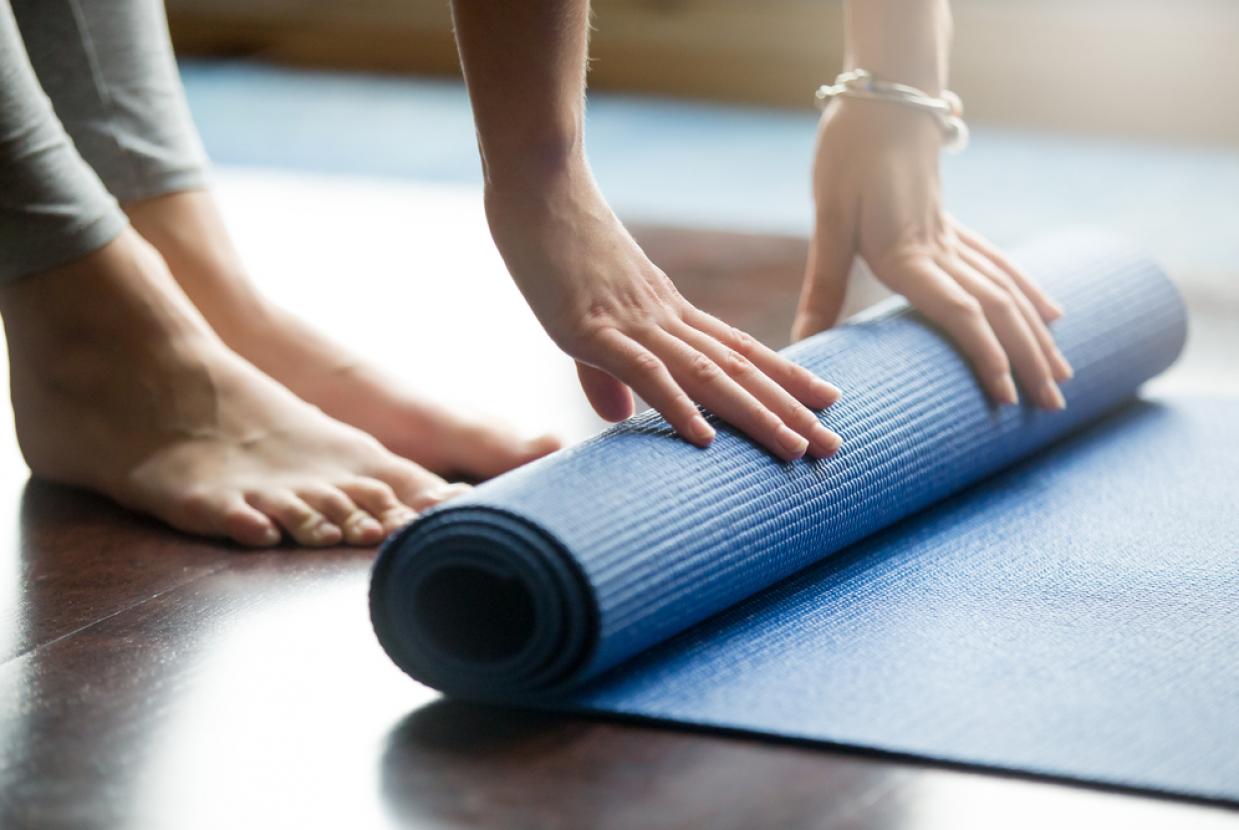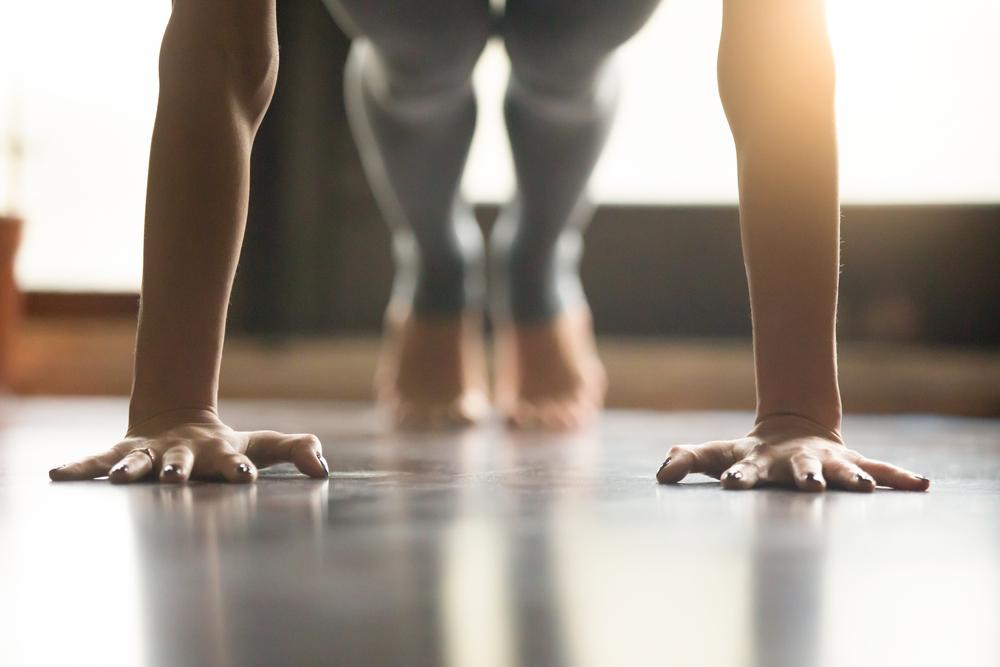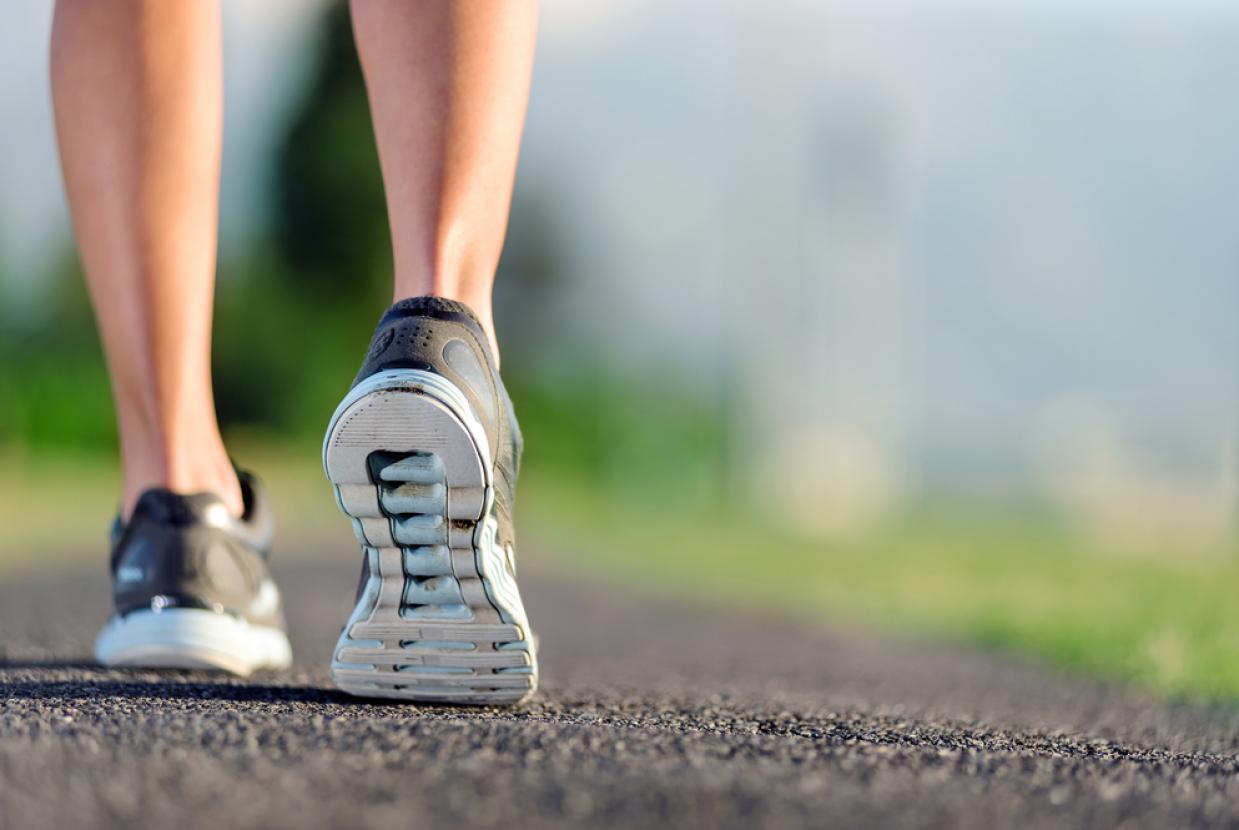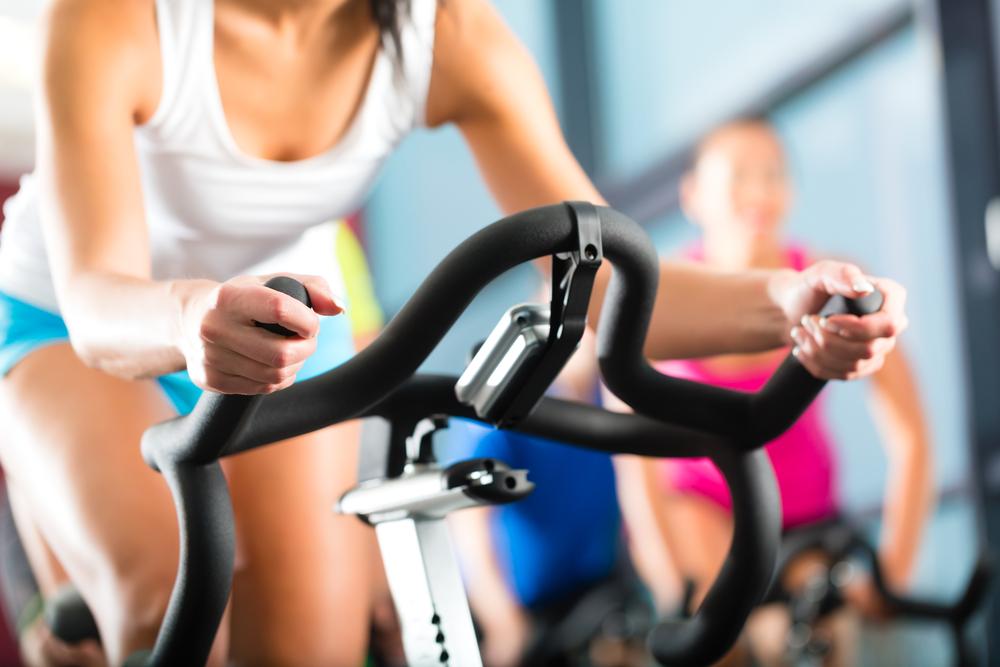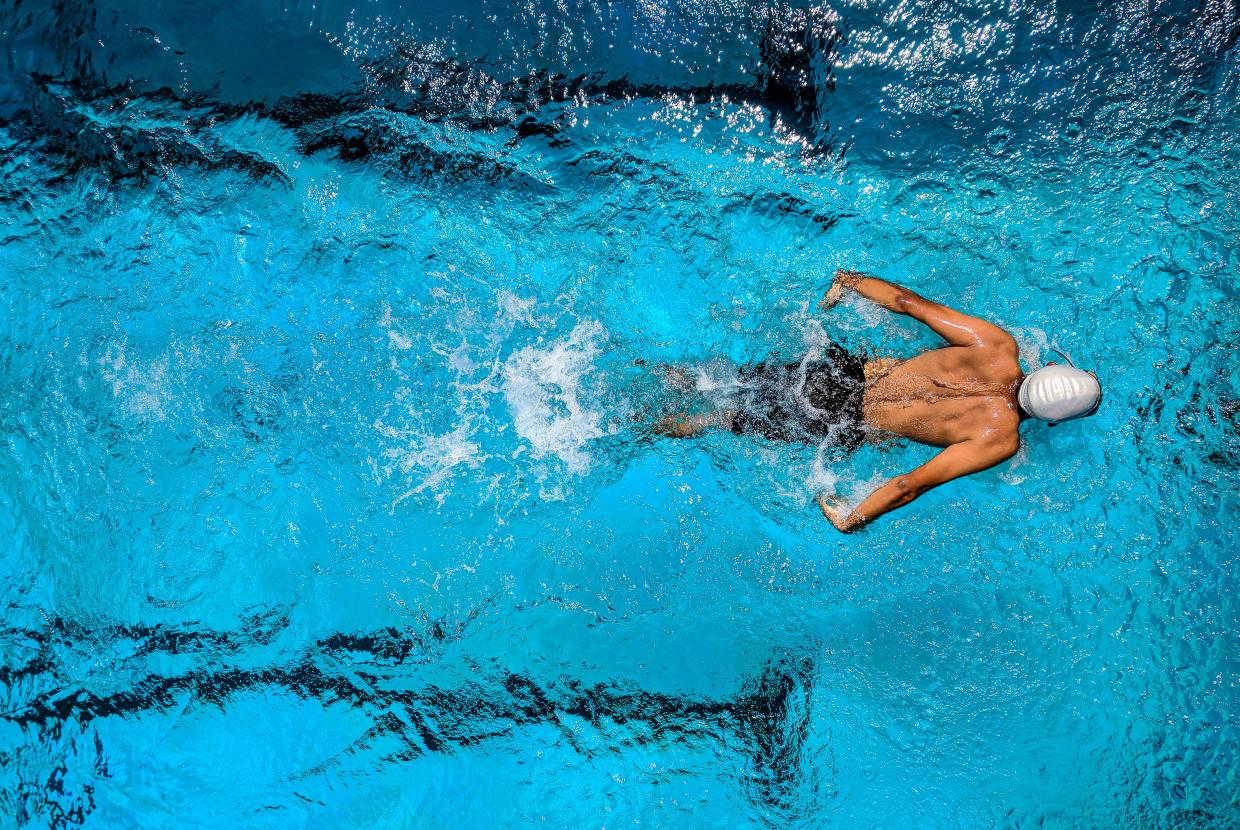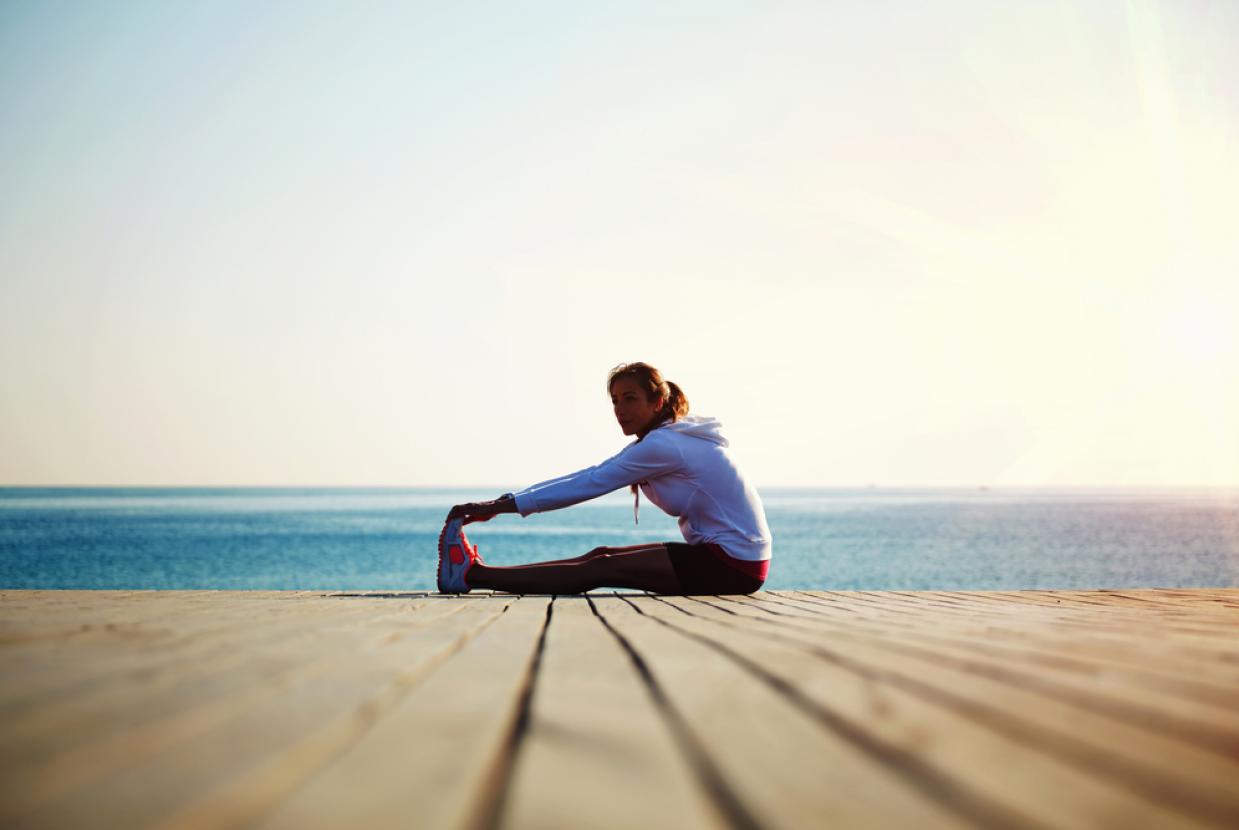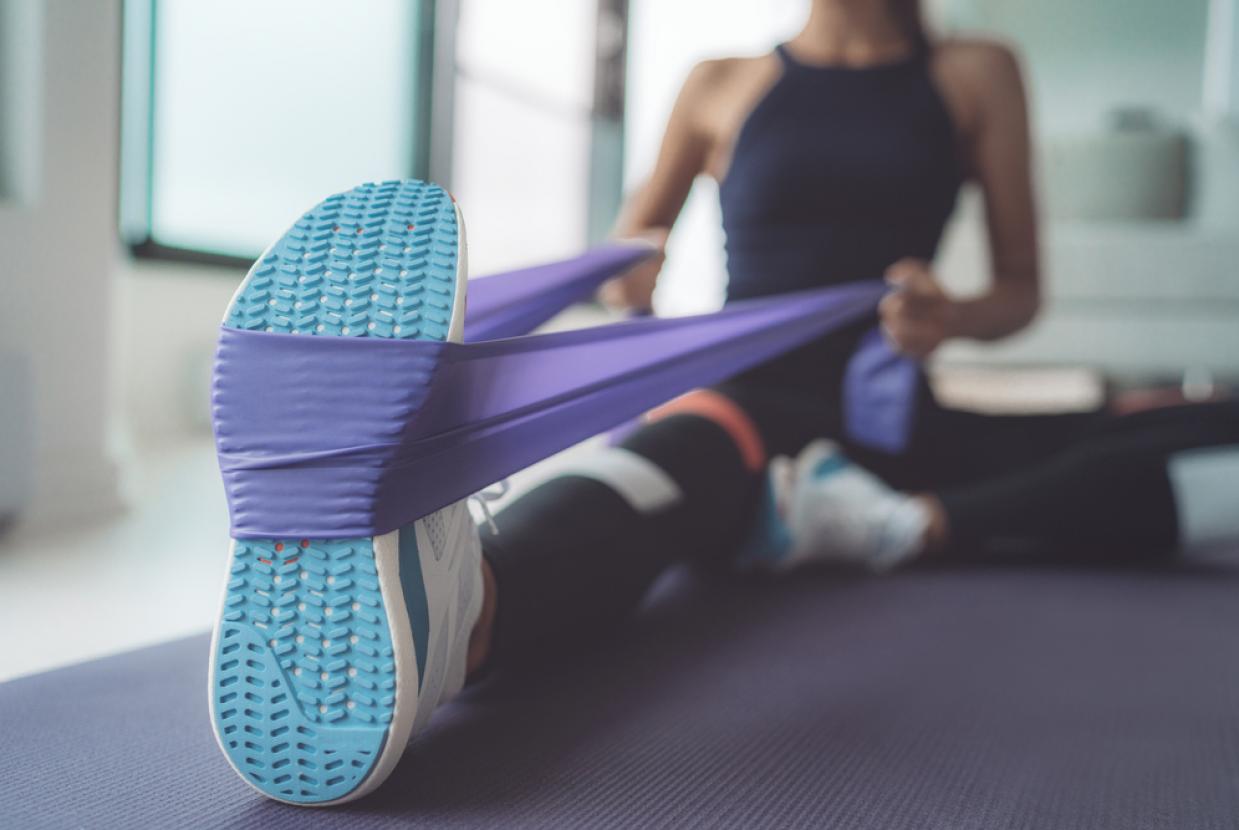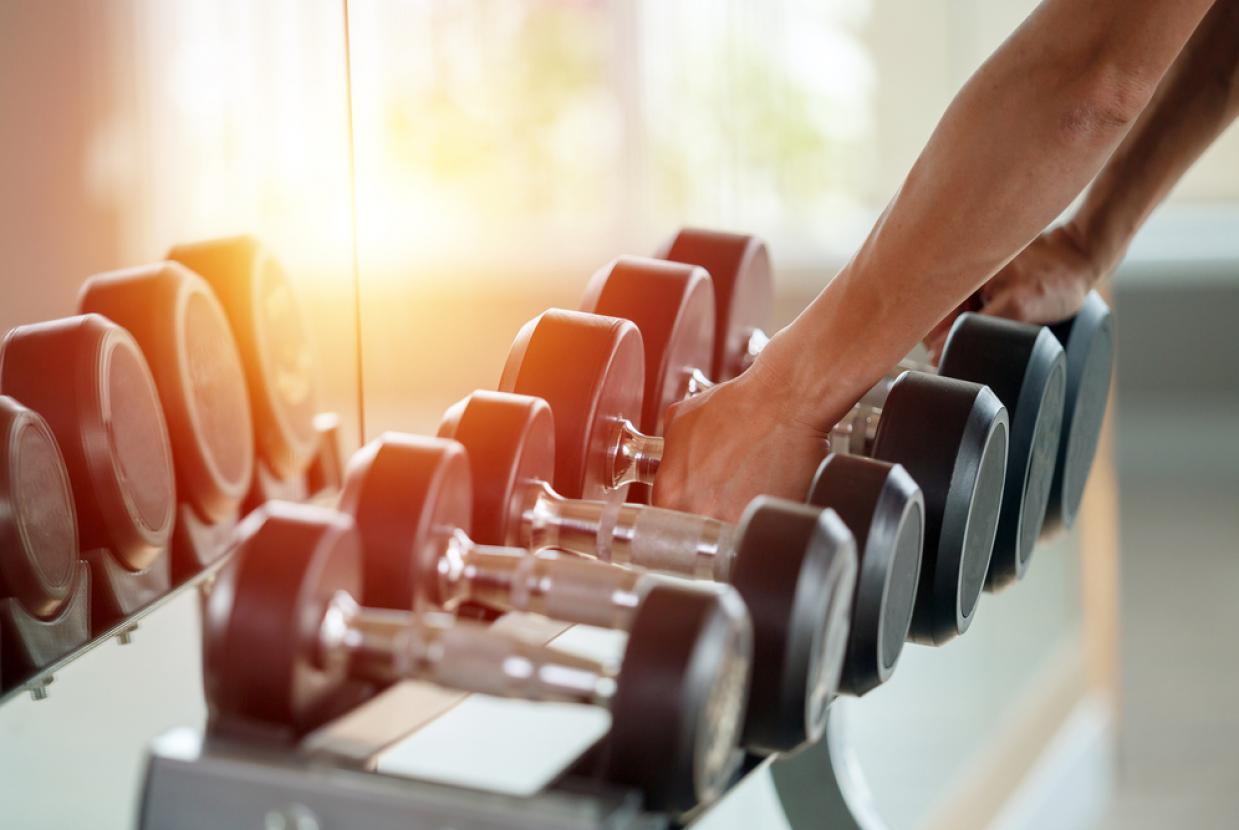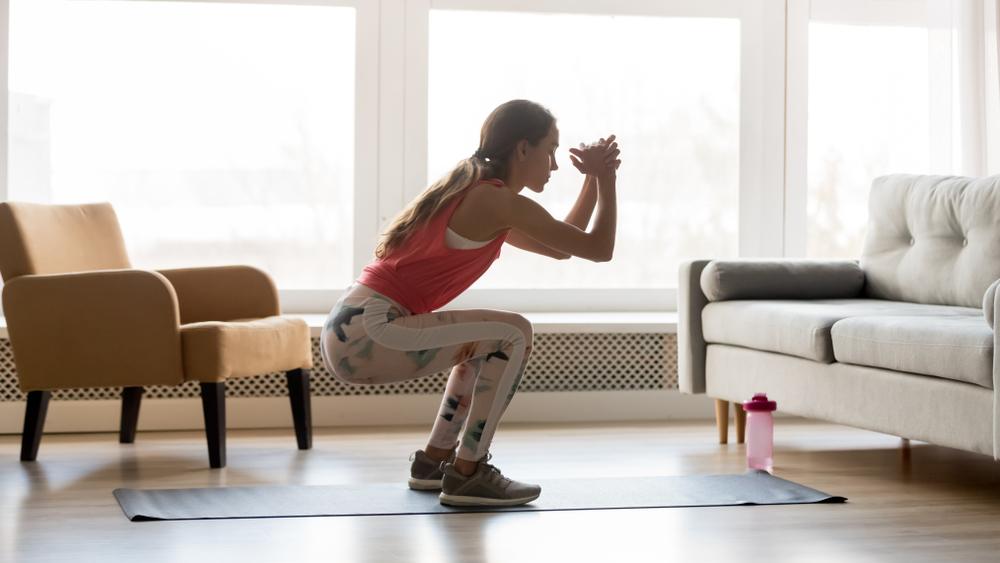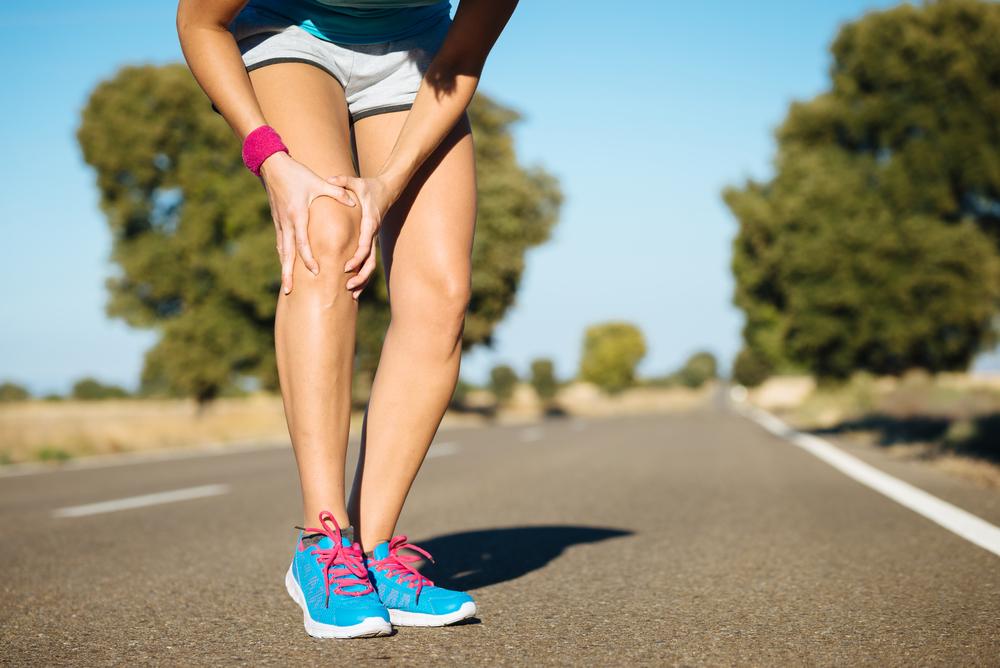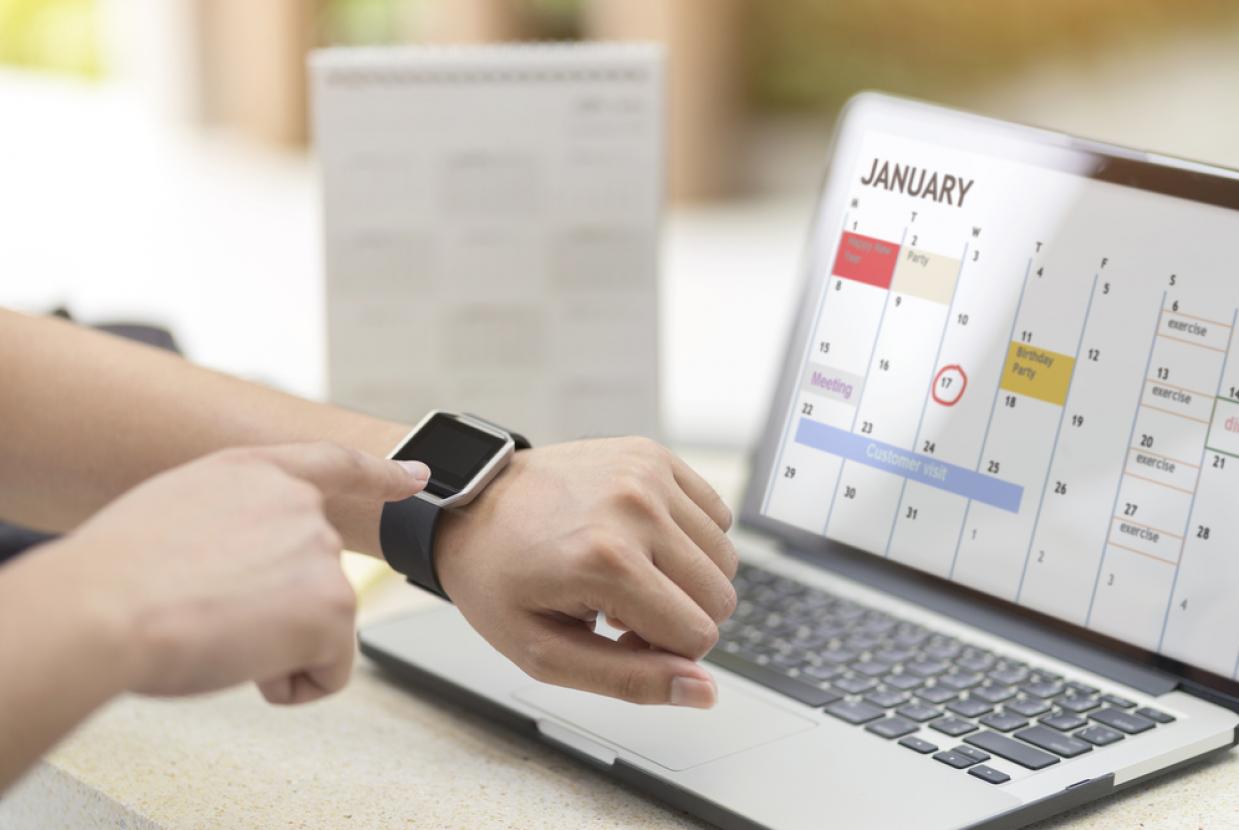Looking after your Mental Health using Exercise
Get FitThere are many reasons why physical activity is good for your body – having a healthy heart and improving your joints and bones are just two, but did you know that physical activity is also beneficial for your mental health and wellbeing?
We need to change the way we view physical activity in the UK in order not to see it as something we ‘have to do’, ‘should do’ or ‘ought to do’ for our health, but as something that we do because we personally value its positive benefits to our wellbeing.
As part of our work to promote better mental health, we have produced this pocket guide to show the positive impact that physical activity can have on your own mental wellbeing, including some tips and suggestions to help you get started.
Being active doesn’t have to mean doing sport or going to the gym. There are lots of ways to be active; find the one that works for you and let’s all get physical!
What impact does physical activity have on wellbeing?
Physical activity has a huge potential to enhance our wellbeing. Even a short burst of 10 minutes’ brisk walking increases our mental alertness, energy and positive mood.
Participation in regular physical activity can increase our self-esteem and can reduce stress and anxiety. It also plays a role in preventing the development of mental health problems and in improving the quality of life of people experiencing mental health problems.
Impact on our mood
Physical activity has been shown to have a positive impact on our mood. A study asked people to rate their mood immediately after periods of physical activity (e.g. going for a walk or doing housework), and periods of inactivity (e.g. reading a book or watching television). Researchers found that the participants felt more content, more awake and calmer after being physically active compared to after periods of inactivity. They also found that the effect of physical activity on mood was greatest when mood was initially low.
There are many studies looking at physical activity at different levels of intensity and its impact on people’s mood. Overall, research has found that low-intensity aerobic exercise – for 30–35 minutes, 3–5 days a week, for 10–12 weeks – was best at increasing positive moods (e.g. enthusiasm, alertness).
Impact on our stress
When events occur that make us feel threatened or that upset our balance in some way, our body’s defences cut in and create a stress response, which may make us feel a variety of uncomfortable physical symptoms and make us behave differently, and we may also experience emotions more intensely.
The most common physical signs of stress include sleeping problems, sweating, and loss of appetite. Symptoms like these are triggered by a rush of stress hormones in our body – otherwise known as the ‘fight or flight’ response. It is these hormones, adrenaline and noradrenaline, which raise our blood pressure, increase our heart rate and increase the rate at which we perspire, preparing our body for an emergency response. They can also reduce blood flow to our skin and can reduce our stomach activity, while cortisol, another stress hormone, releases fat and sugar into the system to boost our energy.
Physical exercise can be very effective in relieving stress. Research on employed adults has found that highly active individuals tend to have lower stress rates compared to individuals who are less active.
Impact on our self-esteem
Exercise not only has a positive impact on our physical health, but it can also increase our self-esteem. Self-esteem is how we feel about ourselves and how we perceive our self-worth. It is a key indicator of our mental wellbeing and our ability to cope with life stressors.
Physical activity has been shown to have a positive influence on our self-esteem and self-worth. This relationship has been found in children, adolescents, young adults, adults and older people, and across both males and females.
Dementia and cognitive decline in older people
Improvements in healthcare have led to an increasing life expectancy and a growing population of people over 65 years. Alongside this increase in life expectancy, there has been an increase in the number of people living with dementia and in people with cognitive decline. The main symptom of dementia is memory loss; it is a progressive disease that results in people becoming more impaired over time. Decline in cognitive functions, such as attention and concentration, also occurs in older people, including those who do not develop dementia. Physical activity has been identified as a protective factor in studies that examined risk factors for dementia.
For people who have already developed the disease, physical activity can help to delay further decline in functioning. Studies show that there is approximately a 20% to 30% lower risk of depression and dementia for adults participating in daily physical activity. Physical activity also seems to reduce the likelihood of experiencing cognitive decline in people who do not have dementia.
Impact on depression and anxiety
Physical activity can be an alternative treatment for depression. It can be used as a standalone treatment or in combination with medication and/or psychological therapy. It has few side effects and does not have the stigma that some people perceive to be attached to taking antidepressants or attending psychotherapy and counselling.
Physical activity can reduce levels of anxiety in people with mild symptoms and may also be helpful for treating clinical anxiety. Physical activity is available to all, has few costs attached, and is an empowering approach that can support self-management.
How much physical activity should I be doing?
The Department of Health recommends that adults should aim to be active daily and complete 2.5 hours of moderate intensity activity over a week – the equivalent of 30 minutes five times a week. It may sound like a lot, but it isn’t as daunting as it first appears, and we have lots of suggestions to help you get started.
Overcoming barriers
It can be a bit scary making changes to your life, and most people get anxious about trying something new. Some common barriers, such as cost, injury or illness, lack of energy, fear of failure, or even the weather can hinder people from getting started; however, practical and emotional support from friends, family and experts really does help.
Body image can act as a barrier to participating in physical activity. People who are anxious about how their body will look to others while they are exercising may avoid exercise as a result. For women, attending a female-only exercise class or a ladies-only swimming session may help to overcome anxiety as a barrier to initially starting to exercise.
Exercising with a companion can also help to reduce anxiety about how your body looks to others and may be particularly helpful during the first few exercise sessions. The environment can also influence how you feel; gyms with mirrored walls tend to heighten anxiety, as does exercising near a window or other space where you might feel ‘on show’.
Make time
What time do you have available for exercise? You may need to rejig commitments to make room for extra activities or choose something that fits into your busy schedule.
Be practical
Will you need support from friends and family to complete your chosen activities, or is there a chance your active lifestyle will have an impact on others in your life? Find out how much it will cost and, if necessary, what you can do to make it affordable.
Right for you
What kind of activity would suit you best? Think about what parts of your body you want to exercise and whether you’d prefer to be active at home or whether you fancy a change of scenery and would prefer to exercise in a different environment, indoors or outdoors.
Making it part of daily life
Adopting a more active lifestyle can be as simple as doing daily tasks more energetically or making small changes to your routine, such as walking up a flight of stairs.
Start slowly
If physical activity is new to you, it’s best to build up your ability gradually. Focus on task goals, such as improving sport skills or stamina, rather than competition, and keep a record of your activity and review it to provide feedback on your progress. There are many apps and social networks accessible for free to help.
Goals
It’s really important to set goals to measure progress, which might motivate you. Try using a pedometer or an app on your smartphone to measure your speed and distance travelled or add on an extra stomach crunch or swim an extra length at the end of your session.
Remember, you won’t see improvement from physical conditioning every day. Making the regular commitment to doing physical activity is an achievement in itself, and every activity session can improve your mood.
At home
There are lots of activities you can do without leaving your front door and that involve minimal cost. It can be as simple as pushing the mower with extra vigour, speeding up the housework, or doing an exercise DVD in the living room.
At work
Whether you’re on your feet, sat at a desk or sat behind the wheel during your working hours, there are many ways you can get more active. Try using the stairs for journeys fewer than four floors, walking or cycling a slightly longer route home, or using your lunch hour to take a brisk walk, do an exercise class or go for a swim. The change of scenery will do you good, too.
Out and about
Being out of doors is a prime time for boosting your activity levels, and research suggests that doing physical activity in an outdoor, ‘green’ environment has greater positive effects on wellbeing compared to physical activity indoors.
Making small changes, from leaving the car at home for short journeys or getting off the bus a stop earlier, to higher-intensity activities like joining in with your children’s football game or jogging with the dog, can help to boost your mood!
Content sourced from the Mental Health Foundation (mentalhealth.org.uk).





